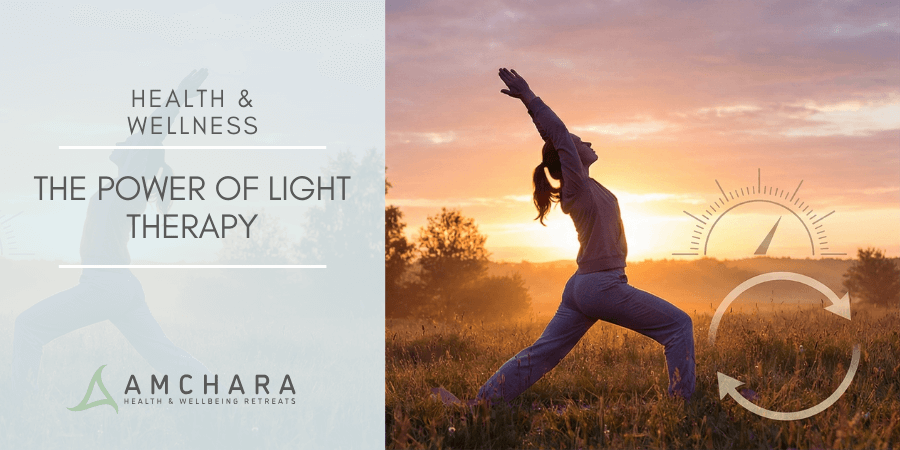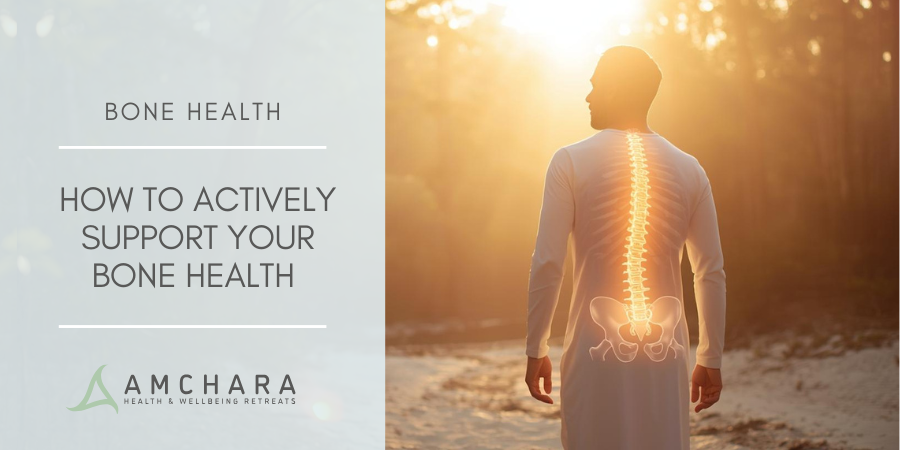Although baldness probably ranks quite highly on a man’s list of unwanted age-related dilemmas, developing breasts (or ‘man boobs’ as they are frequently referred to) can also be a concern.
It is possible to reduce the likelihood of this condition developing by focusing on lifestyle and dietary changes.
Firstly we discuss what the condition is, how it develops, conventional medical intervention and finally what natural options there are to prevent it happening.
Gynaecomastia
Gynaecomastea is the medical term for enlarged breast tissue in men and is usually caused by an imbalance between oestrogen activity in relation to testosterone activity. (1)
It can also be the result of side effects from medications prescribed for blood glucose control, cholesterol management and ulcers.
Other less common causes of gynaecomastia include:
- Use of illegal drugs i.e. anabolic steroids or cannabis
- Excessive alcohol consumption
- Kidney failure
- Liver disease
- Lumps or infections in the testicles
- A rare genetic disorder called Klinefelter syndrome
Swollen breast tissue is fairly common amongst males, particularly during certain life stages:
In the new-born period – oestrogen is passed from the mother to the baby via the placenta. However, the enlarged breast tissue is temporary and generally disappears after a few weeks.
At puberty – hormone levels in boys can vary at this time, which can cause breast tissue to grow. Around 60% of all boys develop enlarged breast tissue during puberty. (2) It tends to clear up as boys get older and their hormone levels stabilise.
In elderly men – because they produce less testosterone and often have more body fat. Between 30-70% of elderly men have gynaecomastia, especially if they have concurrent medical illnesses. (2)
Some men have just a small amount of extra tissue around the nipples whereas others can have more prominent breasts. Even though both breasts may be affected it can also affect only one breast.
Causes of gynaecomastia
Male breasts, like female, have hormone receptors.
These are special proteins found within and on the surface of breast cells, which receive messages from hormones that tell the cells what to do. (3)
Male breasts have receptors for testosterone, oestrogen, progesterone and prolactin.
Of these, oestrogen is known to stimulate breast tissue proliferation whereas testosterone inhibits the process.
It is thought that most cases of gynaecomastia are due to an imbalance in these two hormonal influences.
Imbalances can occur if there is an increase in oestrogen levels, a decrease in testosterone levels or a combination of the two.
Some men may have higher numbers of oestrogen receptors in the chest tissue, which elevates the response to oestrogen stimulation.
Oestrogen levels also rise as men get older, mainly because of an increase in the production of an enzyme called aromatase, which is responsible for converting testosterone into oestrogen. (4)
Obesity can also contribute to the risk of gynaecomastia because the aromatase enzymes housed within fat tissue multiply as fat tissue increases, elevating the quantities of oestrogen produced. (6)
Other factors can also cause oestrogen levels to become elevated:
- Zinc deficiency (7)
- Medications i.e.
- statins
- antidepressants
- blood pressure drugs
- nonsteroidal anti-inflammatory drugs (NSAIDs)
- Overuse of alcohol
- Exposure to environmental oestrogens
- Poor liver function
Risks to health
A normal healthy man suffering with long term gynaecomastia who has no other visible symptoms or existing medical conditions need not worry about this condition, unless it is causing anxiety and embarrassment.
However, if there is pain in the area, tenderness and more recent enlargement, these symptoms could indicate possible underlying systemic or endocrine problems and should be investigated by a medical professional.
Gynaecomastia is not linked to breast cancer. However, raised oestrogen levels in men could present health problems because of the increased risk of heart disease.
Orthodox treatment
If your GP agrees that you need treatment there are two possible options:
- Surgically remove the surplus breast tissue
- This type of surgery is not readily available on the NHS, unless it is a medical necessity.
- Medication to adjust and normalise hormone levels
Nutrition and lifestyle suggestions
If you are uncomfortable or embarrassed about excess fat around your chest there are natural ways to reduce it.
In order to prevent or improve a condition that results from hormone imbalances you need to address the root cause.
Quite often sex hormone imbalances stem from a combination of factors including:
- Chronic stress
- Disrupted sleep
- Abnormal body weight
- Blood sugar dysregulation
- Chronic inflammation
- Toxic overload
- Thyroid imbalance
In the first instance, it is advisable to take some tests to identify whether you do have hormonal imbalances.
Once you have the results in front of you it can be a great motivation to make changes.
Your GP can perform some basic tests but if you want a more comprehensive insight into what may be happening in your body, qualified Health Practitioners such as those at Amchara can provide private testing to get you started.
In the meantime you can start to make a change for good by followinf our top five tips.
Top five tips to reduce gynaecomastia naturally
Following these five simple steps may help to improve the balance between testosterone and oestrogen activity, which could potentially reduce your risk of gynaecomastia.
1. Lose weight and balance blood sugar levels
If you are overweight this is one of the most important strategies for preventing swollen breast tissue.
A low carbohydrate Palaeolithic type diet, time restricted eating, avoidance of snacking and regular exercise is recommended.
Including protein at each meal slows down the release of sugars from carbohydrates into the blood stream, which helps to maintain steady blood sugar levels throughout the day.
Cinnamon and chromium can also help to manage blood sugar levels
2. Improve digestion
Healthy digestion encourages optimal absorption of essential fatty acids and fat-soluble nutrients needed for hormone synthesis.
Support healthy gut bacteria by including prebiotic and probiotic foods as part of your eating plan such as garlic, onion, Jerusalem artichoke, kefir, sauerkraut and live yoghurt.
Aid bowel movement to encourage elimination of used hormones with exercise, fibrous foods and probiotics.
3. Reduce chronic inflammation
Cut down on your intake of pro-inflammatory foods e.g.
- Red meat
- Dairy products
- Alcohol
- Sugar
- Processed foods
- Barbequed/charred foods
- Deep fried foods
Increase your intake of naturally anti-inflammatory foods.
Whole food nutrition that includes plenty of fresh fruit and vegetables, nuts, seeds and one or two portions of oily fish each week helps to protect against inflammation.
Spices such as turmeric and ginger have powerful anti-inflammatory properties too.
4. Improve stress and sleep quality
Sleep loss can lead to elevated levels of the stress hormone cortisol the following day.
The knock on effect of this is poor blood sugar control and dysregulation of thyroid function.
Limit night time exposure to electronic equipment and try to maintain a regular routine for sleeping.
5. Reduce exposure to toxins
Quit smoking, reduce alcohol and caffeine and eat organic if possible.
Have mercury fillings removed safely and avoid tap water, plastics and aluminium containing deodorants.
Have you experienced this condition and tried a natural approach?
What was your experience and did you gain positive improvements?
We’d love to hear from you and any further advice you might want to give.
Please leave your comments in the box below.
READ THIS NEXT:




